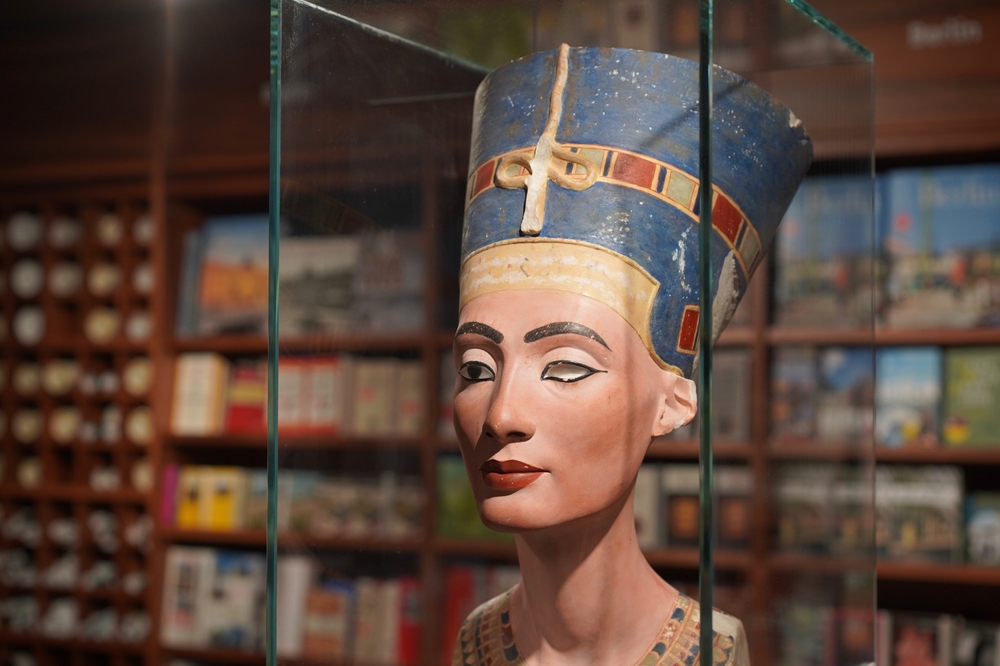The painted limestone sculpture dates back to the Pharaonic period.
Others are reading now
Prominent Egyptian archaeologist Zahi Hawass has launched a petition calling for the return of the famous bust of Queen Nefertiti from Berlin’s Neues Museum to Egypt.
Discovered in 1912
The painted limestone sculpture, which dates back to the Pharaonic period, was discovered in 1912 at Tell el-Amarna, approximately 300 kilometers south of Cairo, by a German archaeological team. The bust was sent to Berlin the following year, according to Ziare.
The ancient city of Amarna briefly served as the capital of Egypt during the reign of Pharaoh Akhenaten, Nefertiti’s husband, who ruled until 1335 BC.
Akhenaten, often referred to as the “heretic king,” is known for promoting a monotheistic religion centered on the worship of the sun god, Aten. His reign also marked a significant shift in Egyptian art.
Also read
Taken Illegally
Hawass, Egypt’s former Minister of Antiquities, argues that the bust of Nefertiti was illegally taken out of Egypt and has no rightful place in Germany.
“Today, Egypt—through its national committee, not the government—is requesting the return of Nefertiti’s bust,” Hawass stated in his petition, which he launched on Saturday. He encouraged people to visit his website, hawasszahi.com, to sign the petition in support of the artifact’s return.
Hawass emphasized that his campaign focuses on objects taken out of Egypt through illicit means, not legally exported artifacts. He also highlighted two other significant pieces in his repatriation effort: the Rosetta Stone and the Dendera Zodiac.
Representatives from the Neues Museum in Berlin have not yet commented on the petition or the ongoing campaign for the return of these historical artifacts.


